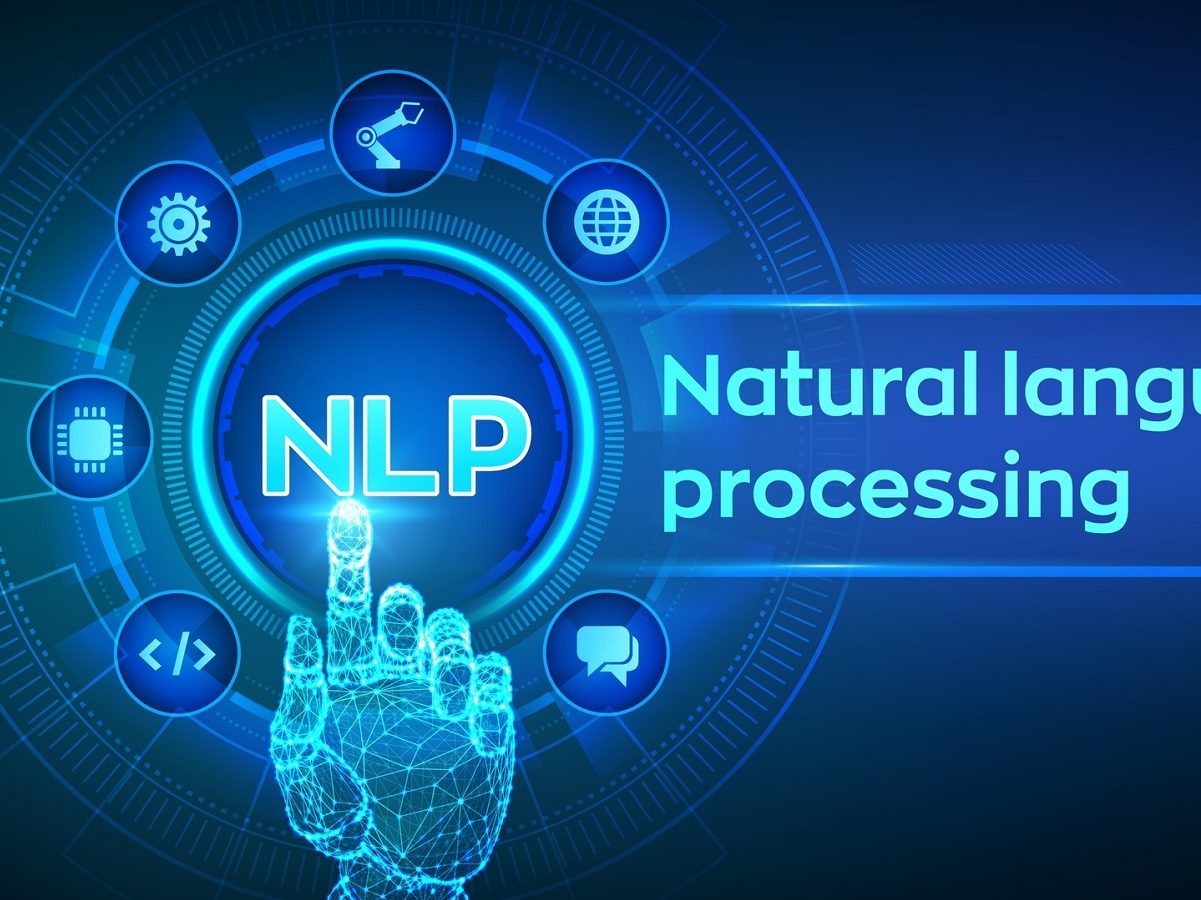
AI Leaps Forward in Natural Language ProcessingAI Leaps Forward in Natural Language Processing Natural language processing (NLP), a branch of artificial intelligence that allows computers to understand and process human language, has made remarkable advancements in recent times. These leaps have significantly enhanced the ability of machines to interact with humans and extract meaningful insights from vast amounts of text data. Advancements in Language Models One of the most significant developments in NLP is the rapid evolution of language models. These models, such as GPT-3 and BERT, have been trained on massive datasets of text and have acquired the ability to generate coherent text, translate languages, and answer questions with a high degree of accuracy. Enhanced Text Understanding NLP models have also become increasingly adept at understanding the nuances of human language. They can now identify sentiment, extract key concepts from text, and even summarize long documents into concise and informative summaries. This has enabled a wide range of applications, including sentiment analysis, document summarization, and question answering. Improved Language Generation AI systems can now generate natural and fluent text that is indistinguishable from human writing. This capability has spurred the development of applications such as conversational AI, chatbots, and text-to-speech systems that provide more personalized and engaging user experiences. Real-World Applications The advancements in NLP have led to concrete applications in various industries: * Customer Service: Chatbots powered by NLP models provide instant and personalized support to customers, resolving issues and enhancing customer satisfaction. * Healthcare: NLP systems assist medical professionals in analyzing patient data, identifying patterns, and predicting outcomes, leading to more efficient and accurate diagnoses. * Finance: NLP models are used to analyze financial reports, identify trends, and predict market movements, enabling more informed decision-making. * Education: AI-powered tutoring systems leverage NLP to provide personalized feedback, identify areas for improvement, and enhance student engagement. Challenges and Future Directions Despite significant progress, NLP systems still face challenges in understanding complex and ambiguous language. Future research will focus on: * Domain-specific Models: Developing NLP models tailored to specific domains, such as healthcare or finance, to improve their accuracy and effectiveness. * Explainability: Making NLP models more transparent and interpretable, enabling developers to understand the reasoning behind their predictions. * Real-Time Processing: Improving the speed and efficiency of NLP models to facilitate real-time applications, such as speech recognition and translation. The leaps forward in NLP are transforming the way we interact with technology and derive insights from text data. As these models continue to evolve, they will play an increasingly crucial role in automating tasks, enhancing decision-making, and empowering users across a wide range of industries.
Posted inNews